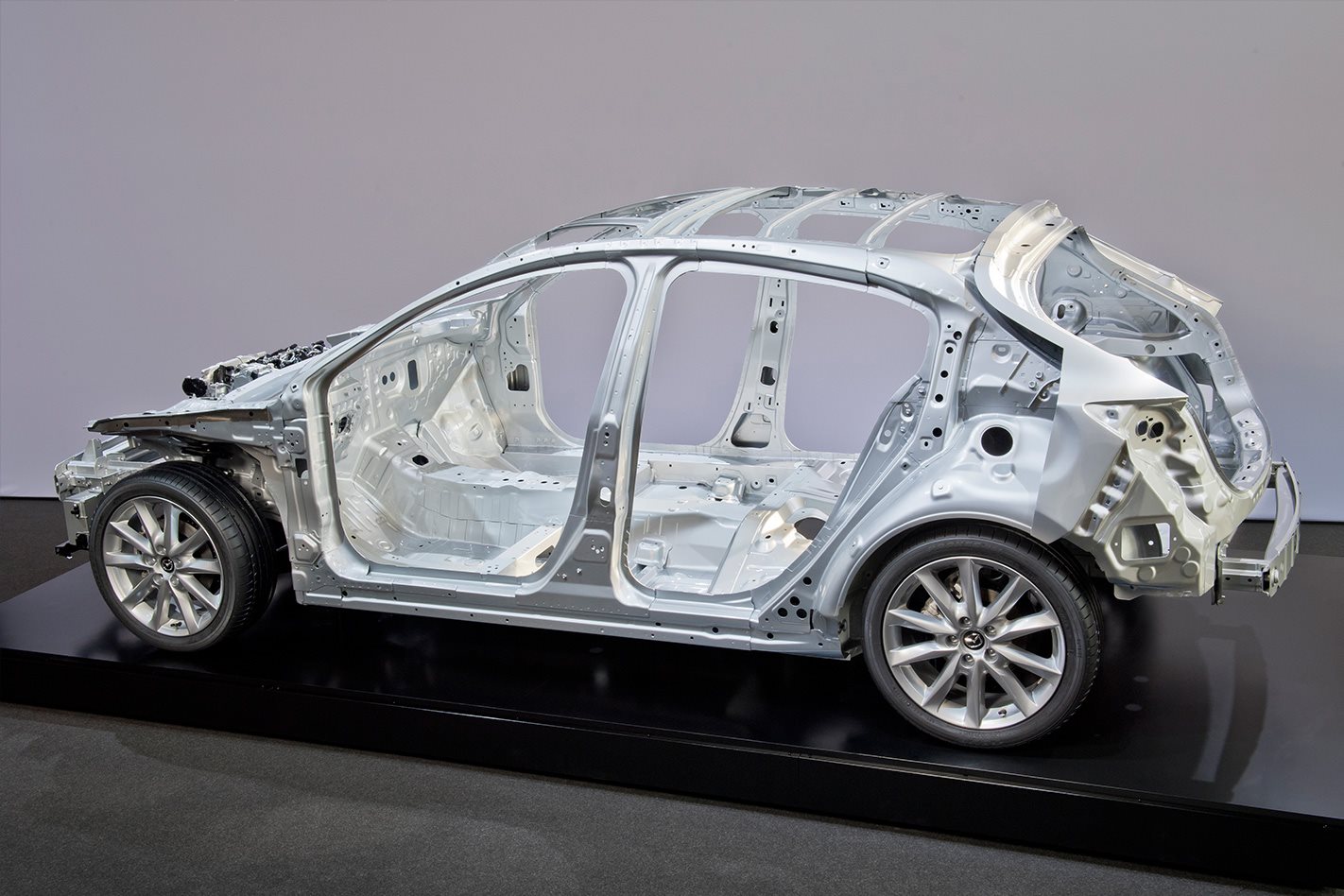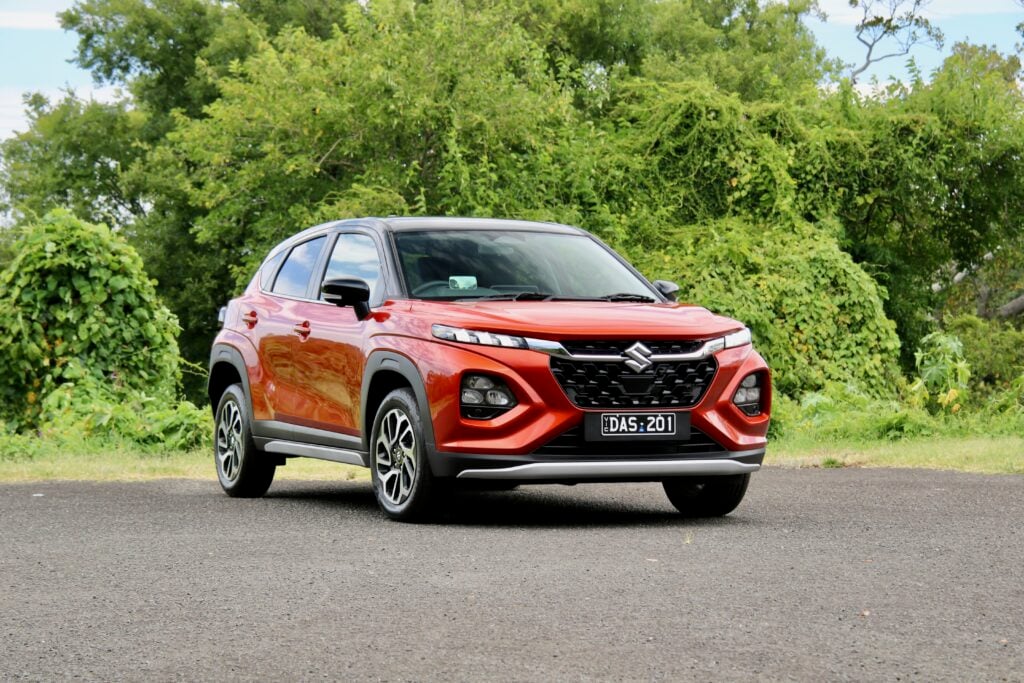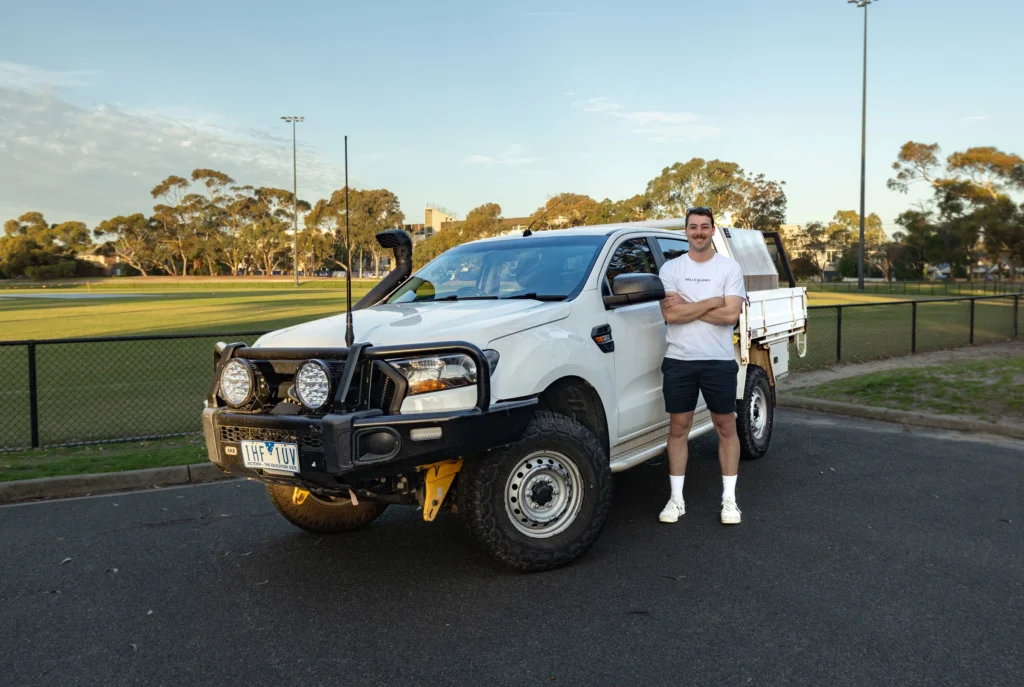It’s not often that we get to drive a new car two years before it’s launched. It’s rarer still that we get to drive a car and aren’t told what it is even going to be.
Such is the case here, with Mazda referring to the chassis we’re driving as its Next-Generation Platform. The timings are such – and the test mules being bodied as the current Mazda 3s – that we can safely assume that this will be, initially at least, the next-gen 2019 Mazda 3.
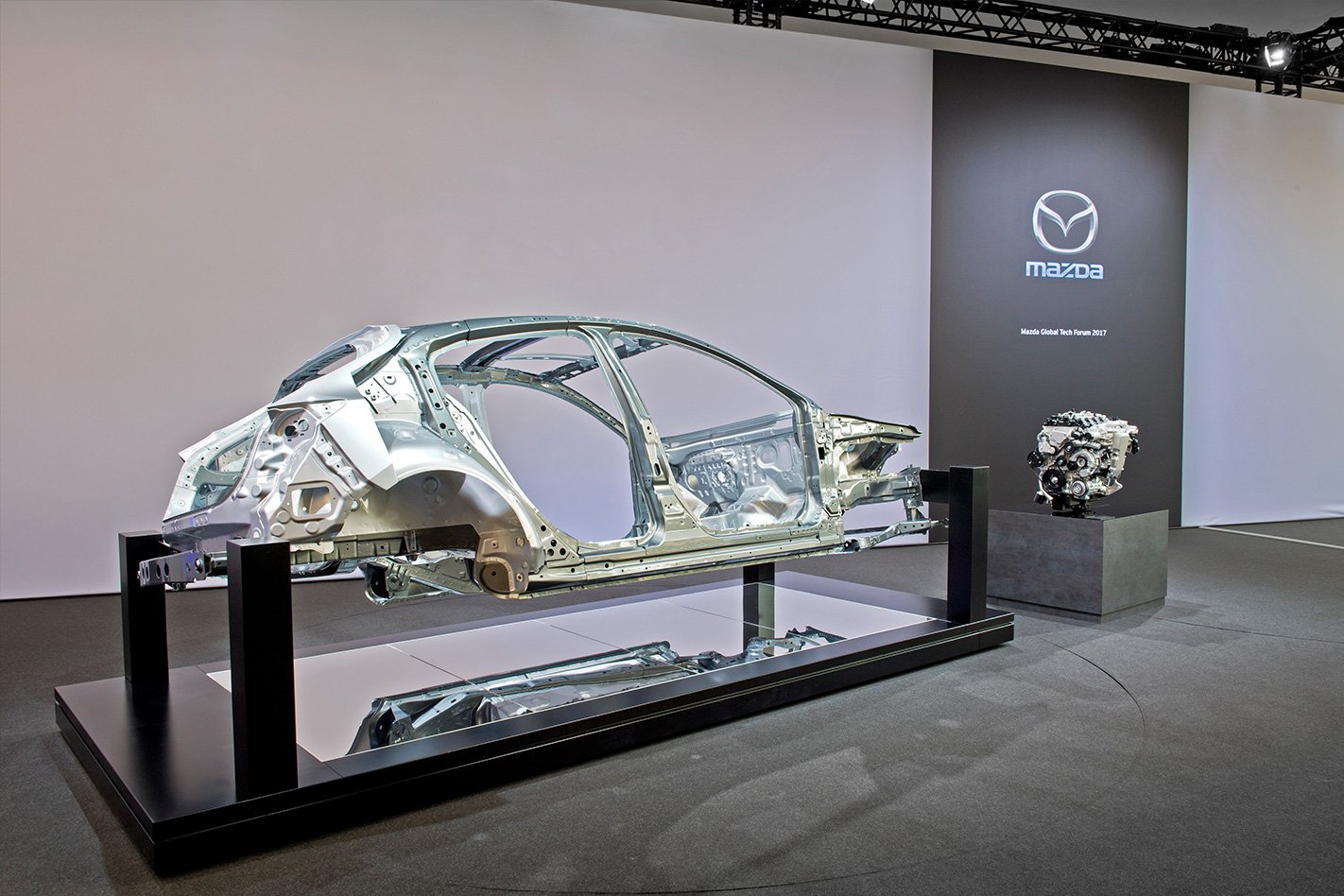
The development of this platform focuses on three key factors which we’ll look at in turn, namely a seat that moves together with the sprung mass of the vehicle, a body that transmits forces with minimal delay, and a chassis that helps mitigate the input of unsprung masses. Still with us? Good. It gets easier.
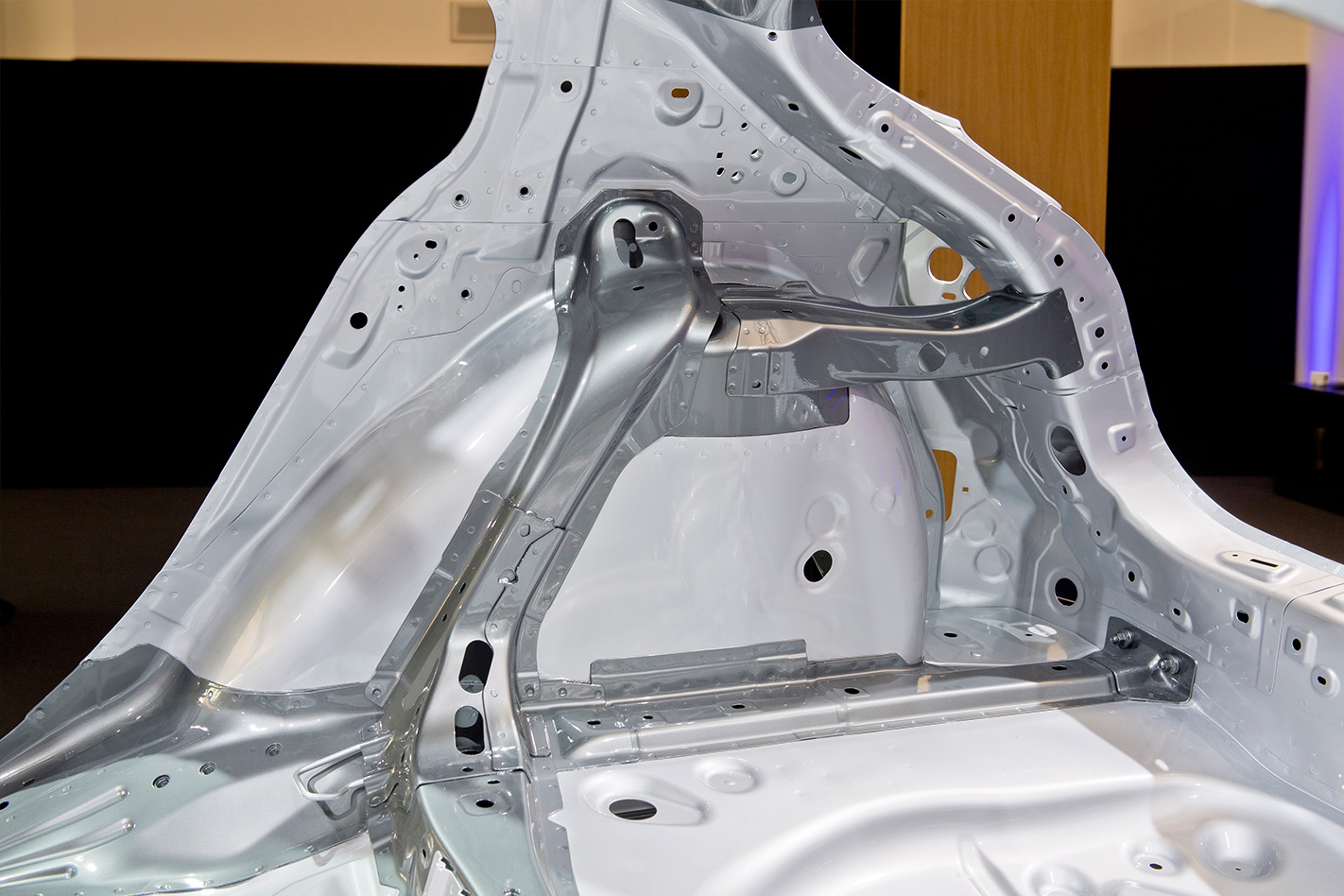
The seat frame is therefore reinforced in these key areas, the result being a reduction of up to 83 percent in lateral pelvic displacement. It still feels comfortable, but you’re aware that something is slightly different. Once you’ve set your driving position, you’re well supported and head toss – that annoying shaking and bobbing of your head that’s so prevalent in poorly-damped cars – is notably absent.
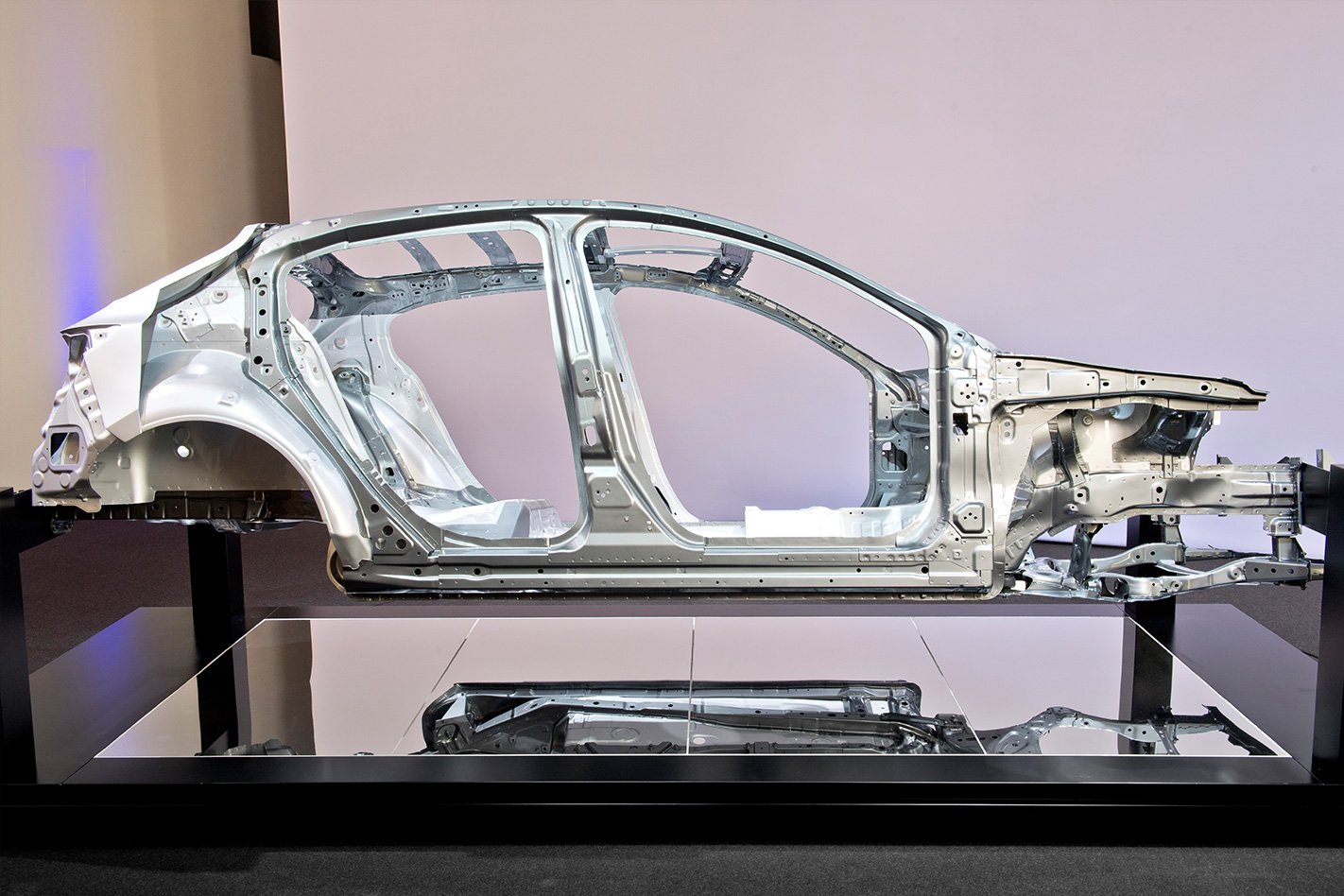
As well as improving body stiffness, it has worked to reduce noise, with 16 vibration-damping elastomer mounts inserted within the body structure that dissipate unwanted vibrations into heat energy. These damping nodes and bonds help reduce the rapidity at which noise signals change, something that our brains process as unpleasant. Slow that transition in the way that sounds change in either amplitude or frequency and the car is perceived as less acoustically harsh.
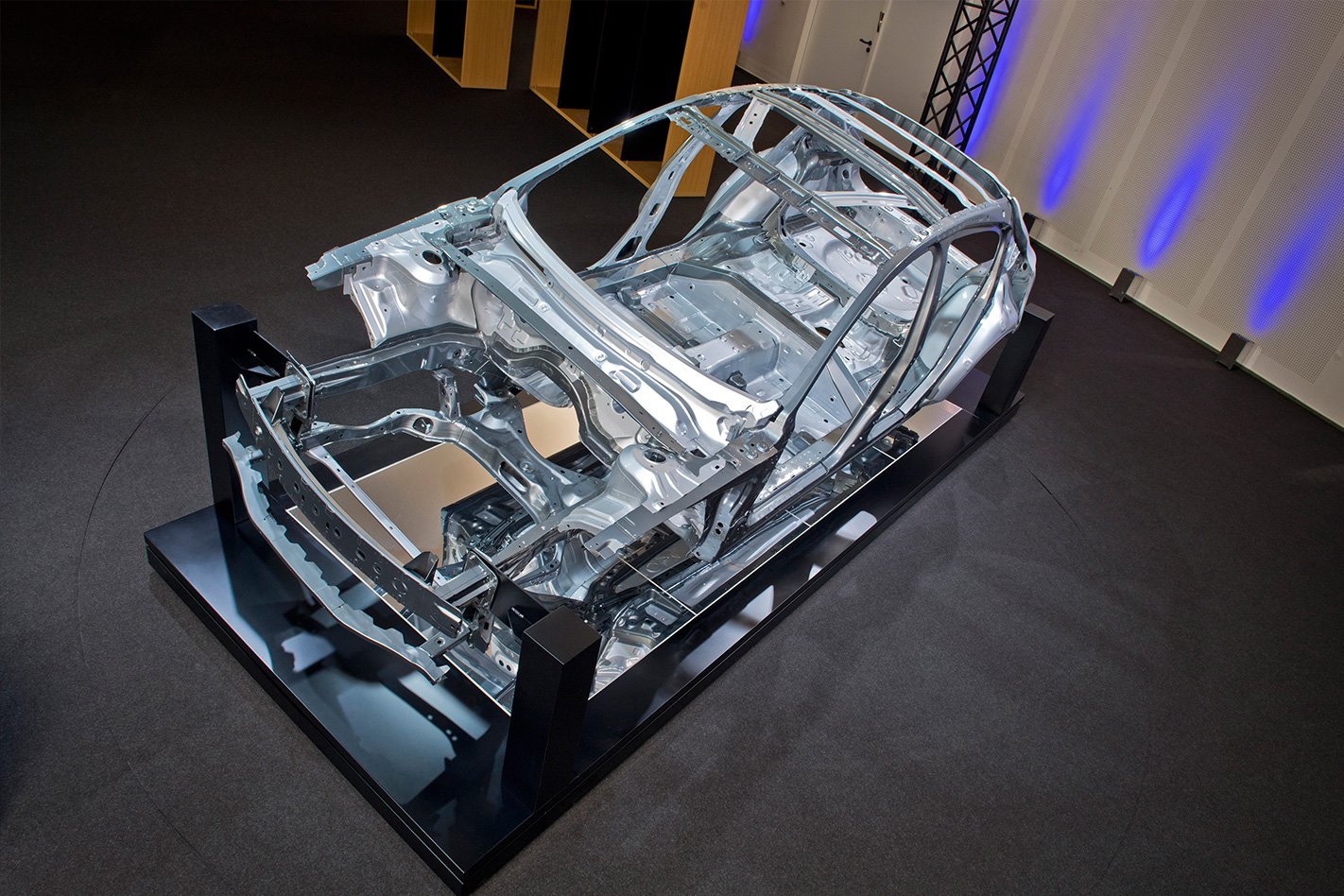
Sounds great doesn’t it? You’re probably waiting for the ‘but’ and we cannot lie, there’s a big one. Get underneath the car and it’s apparent that Mazda has replaced the previous generation 3’s multi-link rear suspension system with a torsion beam setup. When asked why, Hiroyuki Matsumoto, General Manager of the Vehicle Development Division said, “It is simpler. Simpler to tune.” Such expediency seems a shame. To have gone to the lengths Mazda has in order to build a class-leading chassis only to hobble the thing with a torsion beam rear when the car has built its reputation with a multi-link setup seems almost perverse.
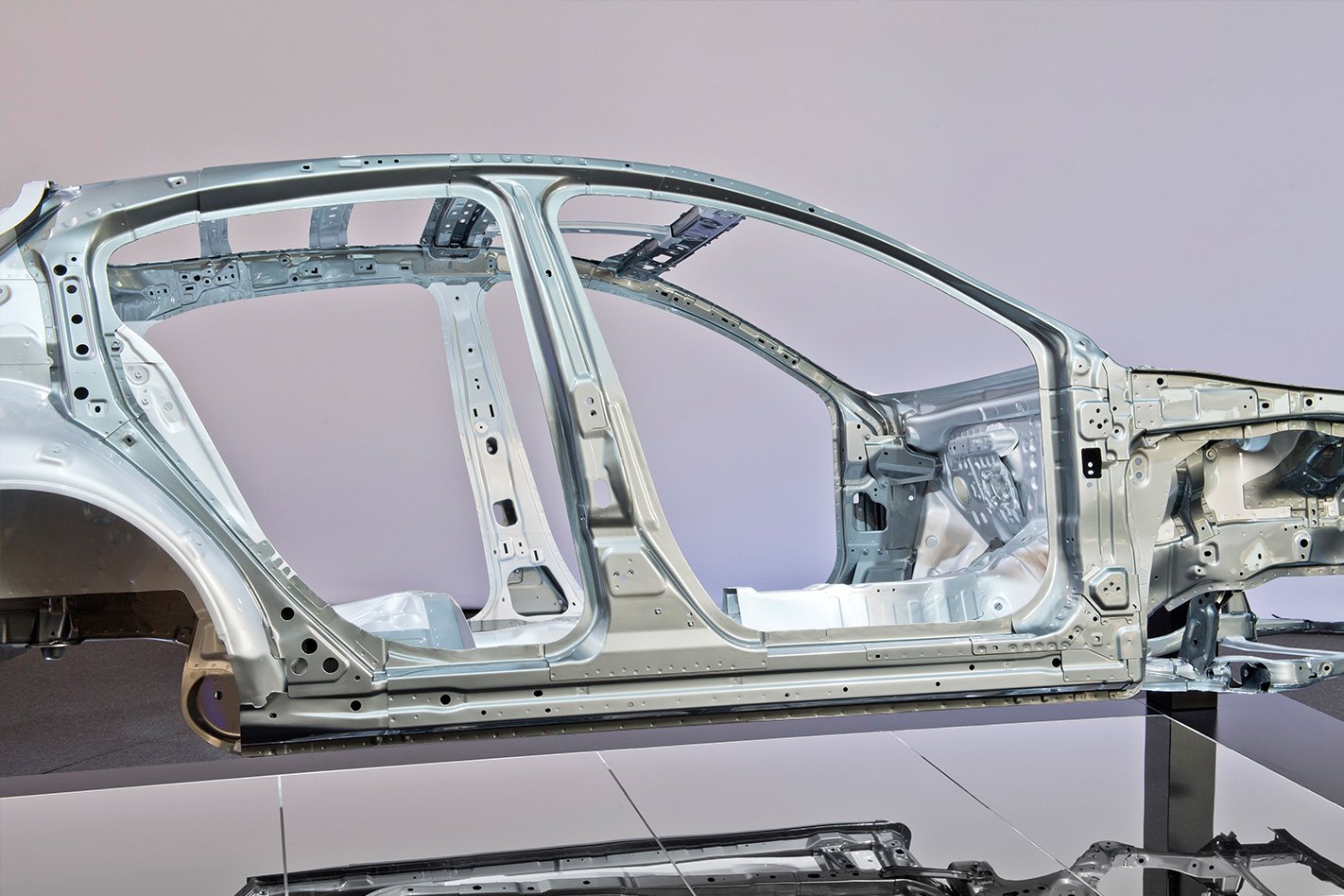
Other aspects draw praise. The electrically-assisted steering feels quiet and accurate without delivering too much in the way of detailed communication about what’s going on at the front contact patch. The brake-by-wire system is also good, although a little calibration work still needs to be done in its pedal modulation. In terms of driver appeal, the chassis feels slightly shy of a current-gen Golf 7.5, rather just a tad better than the latest Hyundai i30, which means it’s very good, if not class leading. It’ll be interesting to see how the platform develops over time, but when paired with the fiendishly clever Skyactiv-X spark-controlled compression ignition petrol engine, the next-generation Mazda 3 might be one heck of an all-rounder.


